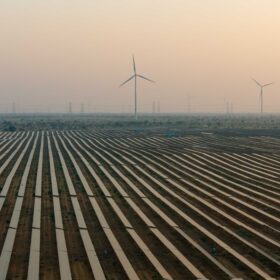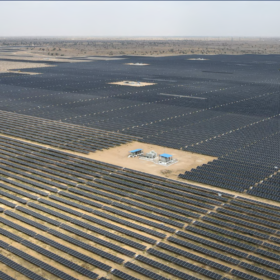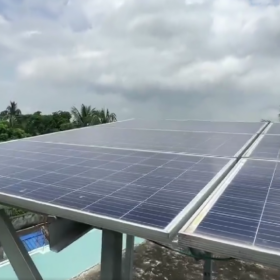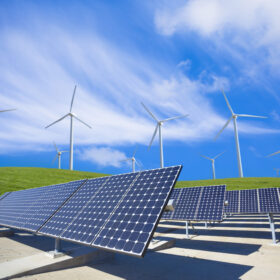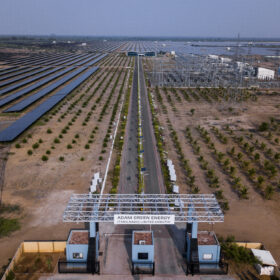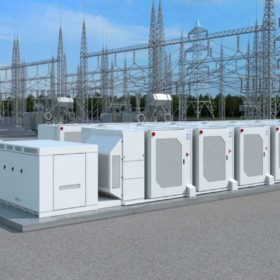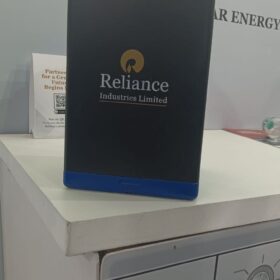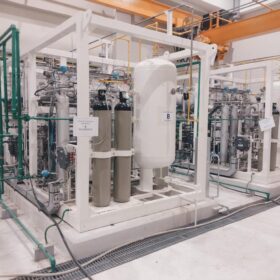ISA, GH2 launch Green Hydrogen Policy Accelerator Training Course in New Delhi
Building on the success of the Cairo Edition, International Solar Alliance (ISA) and Green Hydrogen Organisation (GH2) have brought their Green Hydrogen Policy Accelerator Training Course to New Delhi.
India surpasses 90 GW of installed solar capacity
India’s cumulative installed RE capacity hit 201.46 GW at the end of September 2024 with 90.76 GW coming from solar projects, according to the latest figures from the Ministry of New and Renewable Energy (MNRE).
Off-grid vs on-grid solar systems: Choosing the right solar solution for you
Both off-grid and on-grid solar systems have their unique benefits and challenges. Assessing your specific energy requirements, location, and budget will help you choose the right solar solution to harness the power of the sun effectively.
Leaders from 120 member countries to attend Seventh Session of International Solar Alliance Assembly in New Delhi
The Seventh Session of the International Solar Alliance (ISA) Assembly, to be held in New Delhi from Nov. 3-6, will deliberate on ISA initiatives to improve energy access, security and transition among its member countries.
India to face significant land, water challenges in scaling renewables beyond 1.5 TW, says CEEW study
A new report by CEEW states that India’s unconstrained RE potential exceeds 24 TW (terawatts), but not all of it is achievable. Even reaching the 7 TW required to achieve net-zero emissions by 2070 will require a holistic approach to addressing challenges such as land access, climate risks, land conflicts, and population density.
Solar industry faces collapse amid surplus and plunging prices
The solar industry is at a crossroads. While demand for PV installations is higher than ever, systemic overcapacity, falling prices, and financial losses across the supply chain threaten to undermine the industry’s long-term sustainability.
JMK expects India to add 21.5 GW of solar this year
India is expected to install 16.5 GW of solar from utility-scale installations, 4 GW rooftop and another 1 GW from off grid component in 2024.
Distributed or utility-scale solar?
The choice between distributed and utility-scale solar often comes down to balancing these benefits based on the specific context, goals, and constraints of a project or region. In the Indian context, a balanced approach that leverages the strengths of both models is essential.
India 2024-25 budget: A strategic and holistic focus on energy sector
India’s 2024-25 budget reflects a strategic and holistic approach to the energy sector, emphasising sustainability, innovation, and energy security. By promoting pumped storage, advancing nuclear technology, transitioning to emission targets, and supporting renewable energy and energy efficiency, the budget lays a strong foundation for a sustainable and resilient energy future
India installed 12.1 GW of solar in H1 2024
India installed about 9.6 GW of utility-scale solar, 1.8 GW rooftop, and 688 MW off-grid capacity in the Jan.-June period of 2024, says a new report by JMK Research.




